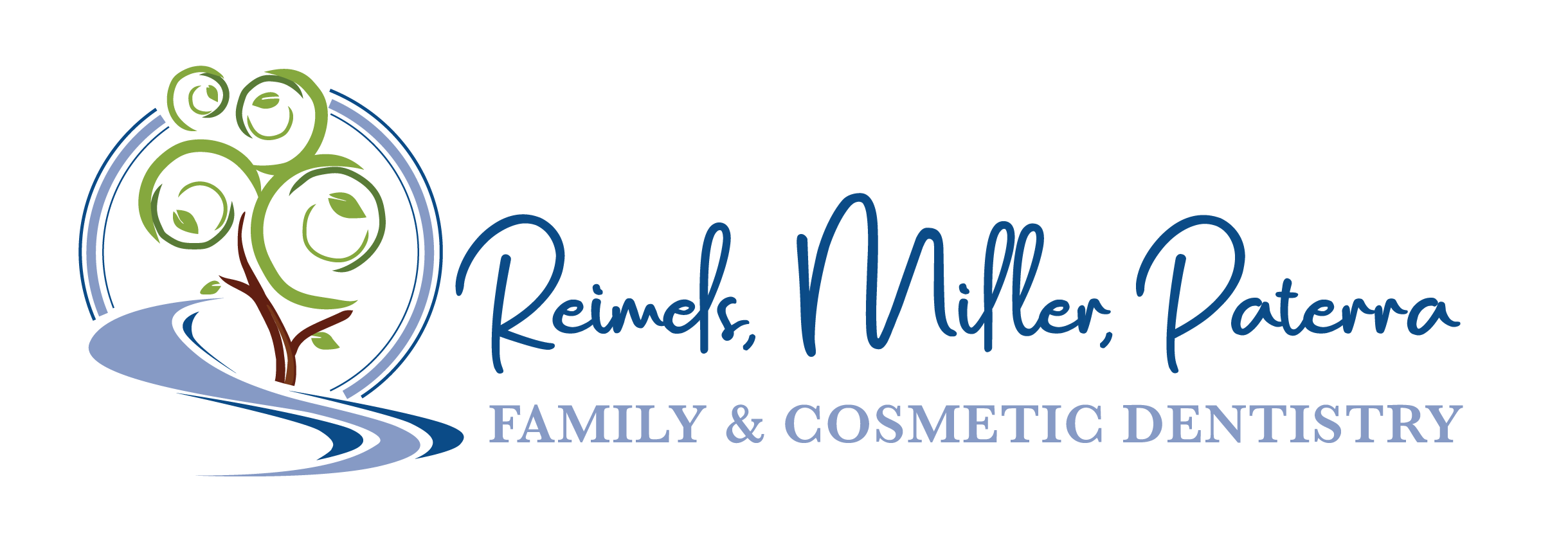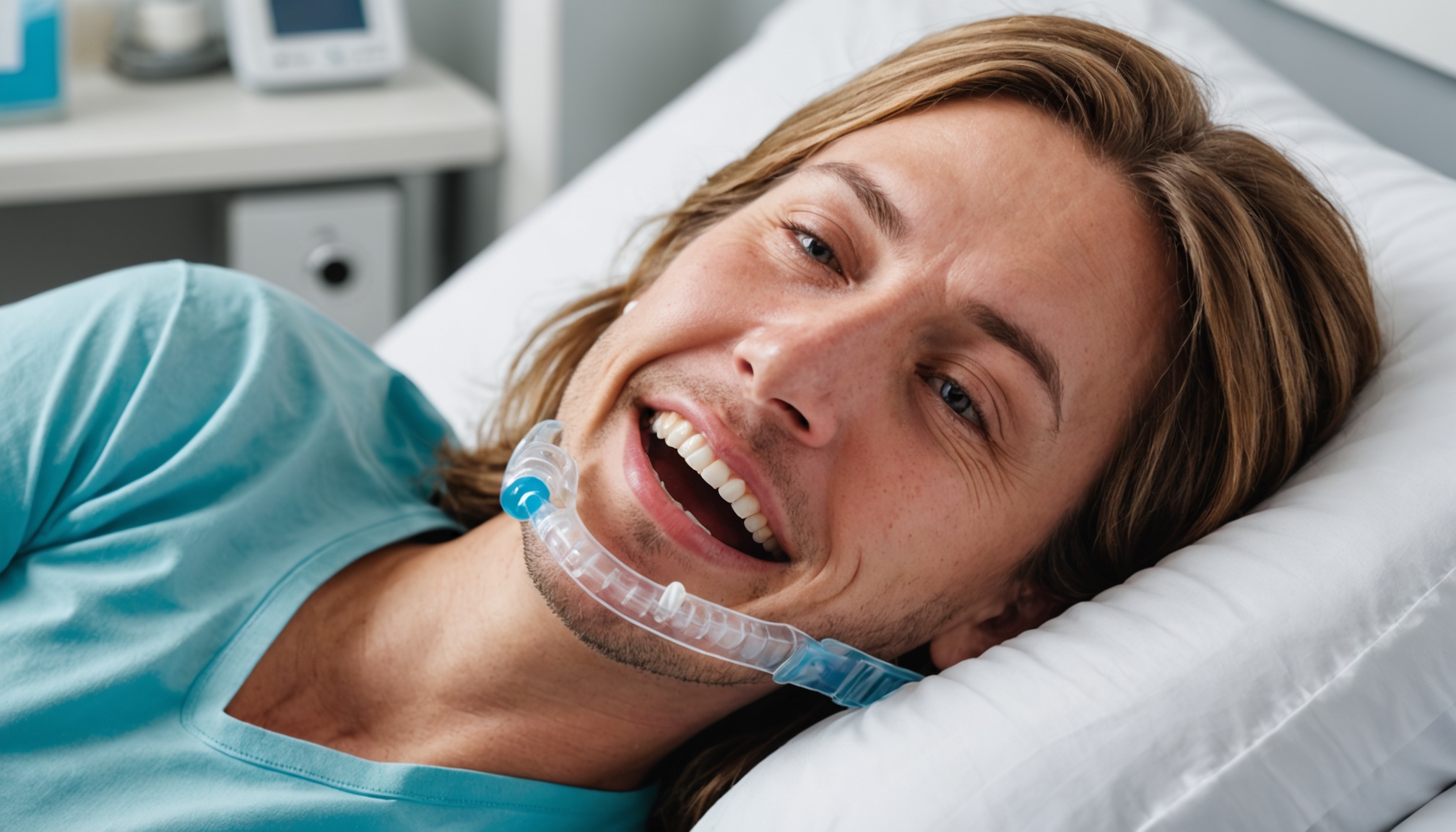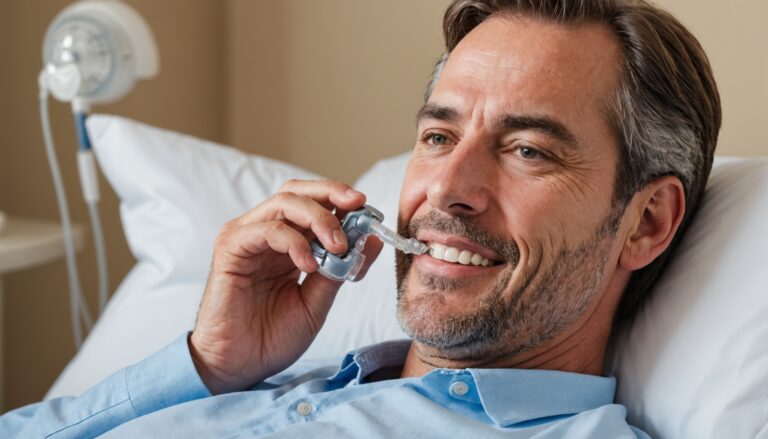Understanding Dental Solutions
When considering treatments for sleep apnea and snoring, dental solutions provide effective alternatives for individuals looking to address mild to moderate cases. Understanding how these solutions work and the various types available can aid you in making informed choices.
Oral Appliances Overview
Oral appliances for sleep apnea operate by repositioning the jaw or tongue during sleep, thereby opening the airway. Healthcare providers often recommend these devices for treating obstructive sleep apnea (OSA) and snoring. They work by pulling the base of the tongue forward or holding the lower jaw in a forward position, which helps alleviate symptoms associated with airway obstruction how dentists help with sleep apnea.
These devices are typically worn throughout the night and removed each morning. They offer a non-invasive option for those who may find CPAP therapy uncomfortable or intolerable. Moreover, dental appliances are often covered by medical insurance, making them a cost-effective choice when compared to CPAP alternatives in the long run.
Types of Oral Appliances
The two main types of oral appliances designed for treating obstructive sleep apnea are:
-
Mandibular Advancement Devices (MADs):
MADs work by pulling the lower jaw forward during sleep. This advancement opens the airway, allowing for improved breathing patterns throughout the night. They are widely regarded for their effectiveness in various sleep apnea cases. -
Tongue-Stabilizing Devices (TSDs):
TSDs operate differently by using suction to pull the tongue forward. This method creates more space at the back of the throat, reducing the chances of airway collapse. These devices can be particularly beneficial for individuals whose primary obstruction is caused by tongue positioning.
| Appliance Type | Function | Ideal For |
|---|---|---|
| Mandibular Advancement Device (MAD) | Pulls lower jaw forward to open airway | Mild to moderate OSA |
| Tongue-Stabilizing Device (TSD) | Pulls the tongue forward using suction | Mild cases with tongue issues |
By understanding these dental solutions and their functions, you can better assess which options may suit your needs if you or a loved one are experiencing sleep apnea symptoms. Explore more about how dental solutions can work for your situation by checking out our detailed articles on oral appliance therapy and the benefits of oral appliances.
Effectiveness of Dental Solutions
When considering treatment options for sleep apnea and snoring, it’s important to evaluate the effectiveness of dental solutions. You may be weighing your choices between custom-made appliances and over-the-counter options, as well as understanding the suitability of these devices for mild and moderate cases of sleep apnea.
Custom-made vs. Over-the-counter
Custom-made oral appliances are the most effective for individuals suffering from sleep apnea. They are tailored specifically to your dental structure, ensuring a fit that maximizes comfort and efficacy. According to the Cleveland Clinic, these appliances provide better results compared to over-the-counter options, such as “boil and bite” models.
Over-the-counter options may seem convenient, but they often do not offer the same level of effectiveness as custom-made devices. While they can provide a temporary solution, they might not adequately address your unique needs and may lead to discomfort or insufficient treatment.
| Type of Appliance | Effectiveness | Comfort Level | Custom Fit |
|---|---|---|---|
| Custom-Made | High | High | Yes |
| Over-the-Counter | Moderate | Varies | No |
Suitability for Mild vs. Moderate Cases
Dental appliances offer an effective treatment option for mild to moderate cases of sleep apnea. For individuals who may not be tolerant of CPAP therapy, oral appliance therapy can provide a viable alternative. Oral appliances are nearly as effective as CPAP therapy and boast a higher compliance rate, making them a popular choice for many patients [1].
- Mild Sleep Apnea: Patients with mild obstructive sleep apnea may find significant relief through dental solutions. These devices can help keep the airway open and mitigate snoring without needing more invasive treatments.
- Moderate Sleep Apnea: Those experiencing moderate symptoms can also benefit from dental appliances. While it’s wise to consult with a healthcare professional for a tailored approach, many individuals experience effective results using these devices in conjunction with lifestyle changes.
For a deeper understanding of the distinctions between CPAP and oral appliance therapy, consider reading about the difference between CPAP and oral appliance therapy.
By evaluating the effectiveness of different options, you can make an informed decision that best suits your situation. Seeking guidance from a dental professional experienced in treating sleep apnea will further refine your treatment strategy. For more details on how dentists contribute to managing sleep apnea, check out our article on how dentists help with sleep apnea.
Adjusting to Oral Appliances
Using an oral appliance can be an effective solution for managing sleep apnea and snoring. However, the initial adjustment period may present some challenges as your body becomes accustomed to the device.
Initial Side Effects
During the initial weeks of using an oral appliance, you may experience specific side effects. These can include:
- Excess Saliva: Increased salivation is common as your mouth adapts to the new appliance.
- Jaw Discomfort: Some users notice soreness in the jaw, particularly if the device alters the jaw’s natural position.
- Teeth Sensitivity: Mild discomfort in the teeth may occur as the appliance changes how your bite aligns.
These side effects are temporary and typically subside within a few weeks as your body adjusts to wearing the appliance. According to research, it generally takes about two to four weeks to fully adapt to wearing the device for sleep apnea [2].
Adjustment Period Length
The adjustment period for oral appliances is crucial for determining their overall effectiveness. Most individuals find that they need time to adapt. Here’s a summary of the adjustment timeline:
| Weeks | Adjustment Experience |
|---|---|
| 1 | Notice major side effects (excess saliva, jaw re-alignment discomfort) |
| 2 | Side effects begin to improve; increased familiarity with device |
| 3-4 | Most side effects diminish; more comfortable and effective use |
By the end of this adjustment phase, you should experience a significant improvement in sleep quality and comfort. For more information on how these devices work, refer to our article on how oral appliances work for sleep apnea. Making the decision to use an oral appliance can lead to a peaceful night’s sleep, especially for those who are CPAP intolerant. If you have additional questions regarding oral appliances, explore our section on how dentists help with sleep apnea.
Types of Dental Appliances
When considering dental solutions for sleep apnea and snoring, two primary types of oral appliances are commonly utilized: Mandibular Advancement Devices (MADs) and Tongue-stabilizing Devices (TSDs). Each type offers different mechanisms of action and benefits suited for various sleep apnea cases.
Mandibular Advancement Devices (MADs)
Mandibular Advancement Devices (MADs) are the most frequently used oral appliances for treating obstructive sleep apnea (OSA). These devices work by gently moving the lower jaw forward, which helps to keep the airway open during sleep, thereby reducing or eliminating snoring [1]. Custom-fit MADs are significantly more comfortable and effective compared to over-the-counter alternatives.
Research indicates that MAD therapy can reduce the severity of OSA by more than half for about 70% of individuals, and completely resolve symptoms for approximately one-third of users [3]. This high success rate makes MADs a popular choice for those seeking non-CPAP treatment options.
| Feature | Details |
|---|---|
| Mechanism | Advances the lower jaw to open the airway |
| Success Rate | Reduces OSA severity in 70% of users; resolves symptoms in 33% |
| Custom vs. OTC | Custom-fit devices are preferred for comfort and effectiveness |
MADs are often recommended for those with mild to moderate sleep apnea who may find it difficult to adjust to CPAP therapy. For more information, you can read about how dentists help with sleep apnea.
Tongue-stabilizing Devices (TSDs)
Tongue-stabilizing Devices (TSDs) are another option for managing sleep apnea. These appliances are designed to prevent the tongue from falling back into the throat during sleep, which can obstruct the airway. TSDs secure the tongue in a forward position, aiding in keeping the airway clear and reducing incidences of snoring.
While TSDs may be less common than MADs, they offer a viable solution for individuals whose primary issue is tongue-based obstruction. TSDs can be particularly useful for individuals who find jaw position adjustment uncomfortable.
| Feature | Details |
|---|---|
| Mechanism | Holds the tongue forward to prevent throat blockage |
| Suitability | Ideal for individuals with tongue-based obstruction |
While considering your options, it’s essential to consult a dental professional to determine which appliance may be best for your specific needs. You can explore further details on dental sleep apnea evaluation process for tailored recommendations.
Both MADs and TSDs provide effective alternatives to CPAP therapy. Whether you are exploring your options as part of treatment options for mild sleep apnea or treatment options for moderate sleep apnea, these dental solutions offer promising interventions for better sleep.
Emerging Dental Treatments
As the understanding of sleep apnea and its treatments evolves, several innovative dental solutions have emerged that could provide relief. These solutions are particularly relevant for individuals seeking alternatives to CPAP therapy.
Rapid Maxillary Expansion (RME)
Rapid Maxillary Expansion (RME) is an orthodontic treatment mainly designed for children with sleep apnea. This technique gradually widens the upper jaw, which can increase the airway size. This treatment is especially beneficial for children who have a narrow upper jaw, crossbite, or have experienced obstructive sleep apnea after the surgical removal of tonsils and adenoids [1].
The following table outlines key aspects of RME:
| Key Factor | Details |
|---|---|
| Purpose | To widen the upper jaw and increase airway size |
| Target Group | Primarily children |
| Associated Conditions | Narrow upper jaw, crossbite, post-tonsil/adenoid surgery OSA |
| Treatment Outcome | Improved airflow and possibly reduced apnea symptoms |
For adults, while the application of RME is less common, it can also be considered in some specific cases where jaw structure affects airway obstruction.
Tongue Muscle Stimulation Devices
Another exciting advancement in dental treatments for sleep apnea is the recently approved tongue muscle stimulation device. This device sends electrical signals to the tongue to strengthen its muscle tone. By improving muscle tone, it helps keep the airway open during sleep. Initial research has shown a significant reduction in paused breathing events in individuals with mild obstructive sleep apnea using this device [1].
Here’s a snapshot of the device features:
| Feature | Description |
|---|---|
| Technology | Electrical stimulation of tongue muscles |
| Effect | Strengthens tongue tone to maintain airway openness |
| Evidence | Shows significant reduction in breathing pauses |
| Target Users | Individuals with mild obstructive sleep apnea |
These emerging dental treatments represent promising alternatives to traditional CPAP therapy. Regardless of the path you choose, consulting with a dental professional experienced in sleep apnea solutions is essential. They can guide you through your options including dental solutions for sleep apnea and snoring and tailor interventions based on your individual needs. For more information on dental treatments and their effectiveness, consider exploring our articles on can a dentist treat sleep apnea and how dentists help with sleep apnea.
Considerations for Dental Solutions
Effectiveness vs. CPAP
When considering treatment options for sleep apnea, many individuals weigh the benefits of dental solutions against Continuous Positive Airway Pressure (CPAP) therapy. Research shows that oral appliance therapy for sleep apnea boasts a compliance rate of about 90%, significantly higher than the 50% compliance often seen with CPAP machines [1]. Both treatments are effective, but the choice may depend on personal preferences, comfort levels, and specific medical conditions.
| Treatment Option | Compliance Rate | Effectiveness |
|---|---|---|
| Oral Appliance Therapy | 90% | Nearly as effective as CPAP |
| CPAP Therapy | 50% | Highly effective, but may lead to discomfort |
Oral appliances can serve as a viable treatment for individuals with mild to moderate obstructive sleep apnea, particularly if they find CPAP intolerable [4]. Consulting with your dentist about the difference between CPAP and oral appliance therapy can help you understand which option may be best suited for you.
Addressing Dental Side Effects
While dental appliances offer a comfortable and non-invasive alternative to CPAP machines, certain side effects may arise. It is crucial to engage in thorough discussions with your healthcare provider about both the benefits and potential drawbacks of these devices. Common side effects can include:
- Jaw pain or discomfort
- Tooth sensitivity
- Changes in bite alignment
- Dry mouth
Encouraging maintenance of regular dental check-ups will help address and mitigate any arising issues. It’s important to balance the potential side effects against the benefits of using a dental solution for sleep apnea. Additionally, exploring more about the pros and cons of dental sleep apnea devices can guide you through possible outcomes.
By recognizing that dental devices also come with their own set of considerations, you can make a well-informed choice for managing your sleep apnea. For more information on alternative interventions, consider looking into treatment options for mild sleep apnea and treatment options for moderate sleep apnea.
References
- (SleepApnea.org)
- (Cleveland Clinic)
- (Sleep Apnea.org)
- (how dentists help with sleep apnea)








